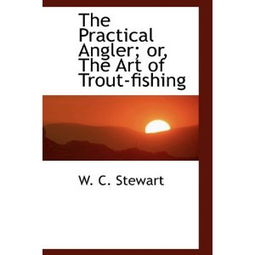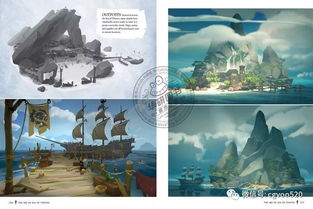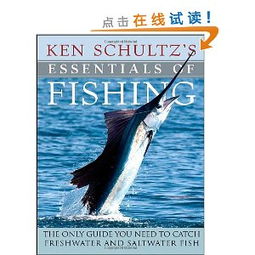Introduction:
Fishing, an ancient pastime that transcends generations, offers a unique blend of relaxation and the thrill of the hunt. Whether you're a seasoned angler or a beginner looking to cast your line into the unknown, mastering the art of fishing involves more than just patience and a good rod. This guide will delve into essential fishing techniques and provide insights on how to effectively adjust your approach, especially when it comes to dealing with fishing tickets.
Section 1: Basic Fishing Techniques
Choosing the Right Equipment:
The first step in mastering fishing is selecting the appropriate gear. This includes rods, reels, lines, hooks, and lures. Each piece plays a crucial role in your success on the water.
Learning the Basics of Casting:
Casting is an essential skill that can make or break your fishing experience. It involves timing, balance, and practice. Learn the different casting techniques such as roll cast, overhead cast, and sidearm cast.
Understanding Fish Behavior:
To catch fish, you need to understand their behavior. This includes their feeding patterns, preferred habitats, and migration routes. Knowledge of these factors can help you predict where and when to fish.
Bait and Lure Selection:
Choosing the right bait or lure is key. Different fish species are attracted to different types of bait. Experiment with various options to see what works best in your fishing environment.
Section 2: Advanced Fishing Techniques
Reading the Water:

Reading the water is a skill that takes time to develop. It involves observing the water's surface, flow, and depth to understand where fish might be hiding.
Fly Fishing:
Fly fishing is an art form that requires precision and patience. Learn about fly rods, reels, leaders, and flies. Practice your casting and learn how to present your fly to the fish.
Trolling:
Trolling involves dragging a lure or bait behind a moving boat. It's effective for catching fish in open water. Master the technique of maintaining the right speed and depth for your chosen lure.
Jigging:
Jigging is a technique used to entice bottom-dwelling fish. It involves bouncing a lure up and down in the water column. Learn the proper motion and retrieve rate for the best results.
Section 3: Adjusting Your Fishing Ticket
Understanding the Ticket System:
In some fishing scenarios, you may need to adjust your ticket, which could refer to altering your fishing strategy based on the environment or conditions.
Weather Adjustments:
Weather can significantly impact fish behavior. Adjust your ticket by changing your fishing times, locations, and tackle based on weather forecasts.
Seasonal Changes:
Fish migration and feeding patterns change with the seasons. Adapt your ticket by targeting different areas or using different baits and lures during different times of the year.
Water Conditions:
Adjust your ticket based on water conditions such as clarity, temperature, and flow. For example, in murky water, brighter lures may be more effective, while in clear water, more natural-looking baits might be better.
Human Activity:
Be mindful of human activity around your fishing spot. Adjust your ticket by choosing quieter times or different locations to avoid disturbances to fish.
Conclusion:
Mastering the art of fishing is a journey that requires patience, practice, and a willingness to learn. By understanding basic and advanced fishing techniques and knowing how to adjust your ticket based on various factors, you'll be well on your way to becoming a skilled angler. Remember, fishing is not just about catching fish; it's about enjoying the experience and the beauty of nature. So, grab your rod, cast your line, and embark on an unforgettable fishing adventure.












